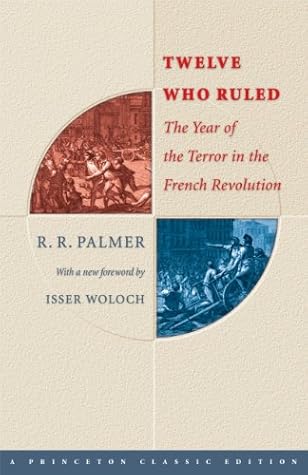More on this book
Kindle Notes & Highlights
by
R.R. Palmer
Read between
November 15 - December 6, 2020
The Committee was also the first dictatorship whose stated aim was the complete regeneration of society. In this aim it failed. It did not found that democratic republic or republic of virtue (the same thing in the political philosophy of the time) to which military successes, in the eyes of the Committee, were but a necessary and preliminary means. It did not succeed in making permanent any republic at all. The politics of the Committee went far beyond French public opinion. The members of the Committee, and of the Mountain, were a residue of the original Revolutionists, a minority for whose
...more
This development was precisely the reverse of what the Committee of Public Safety intended. The great aim of the Committee was to create a nation, a community with a single faith, where men of all localities, all religions, all dialects, all degrees of education, all stations in society, all variety of private interests, should cooperate in supreme loyalty to a common country.
There was long a tendency, especially in the English-speaking world, to feel that the significant and lasting changes brought about by the French Revolution were accomplished between 1789 and 1791, and that in the later years, 1793 and 1794, the revolutionists “went too far,” falling into wild spasms of distressing radicalism. Yet it was the “moderates” of 1789 who destroyed the institutions by which Frenchmen lived, and the “fanatics” of the Terror, especially the Committee of Public Safety, who triumphed over the ensuing chaos, creating what Bonaparte called the only serious government of
...more


